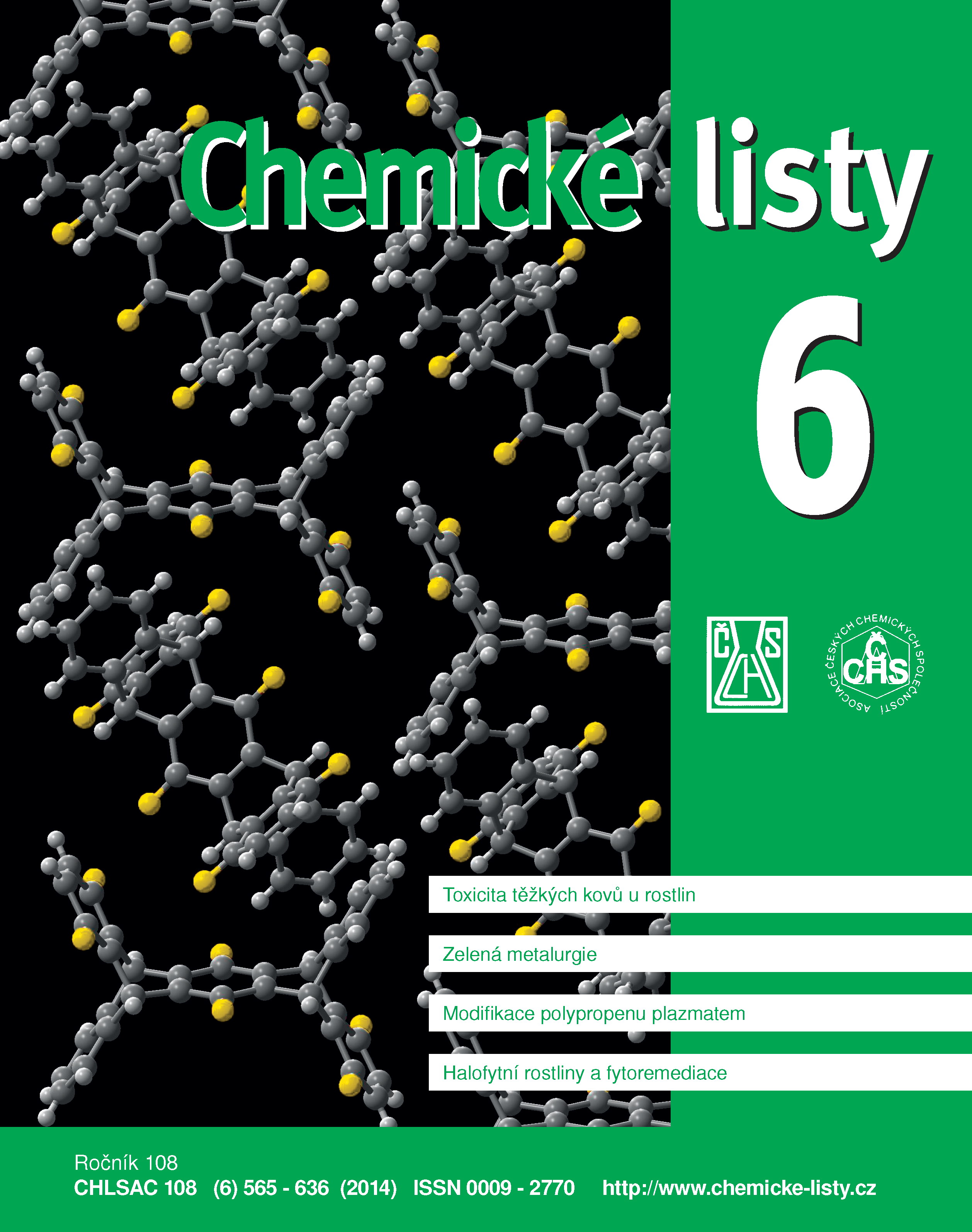Mechanisms Decreasing Toxicity of Hazardous Elements in Plants
Keywords:
stress, heavy metals, plants, tolerance, resistance, accumulationAbstract
The supply of minerals in plants is provided by the absorption of compounds dissolved in soil. Plants are also exposed to dissolved toxic heavy metals. Since plants cannot avoid contacts with heavy metals they developed a number of mechanisms decreasing the toxic effects. The important factors are, e.g. root exudates, soil microorganisms, plasmatic membrane, membrane transporters, heat-shock proteins, phytochelators, metallothioneins, organic acids and amino acids are introduced.





